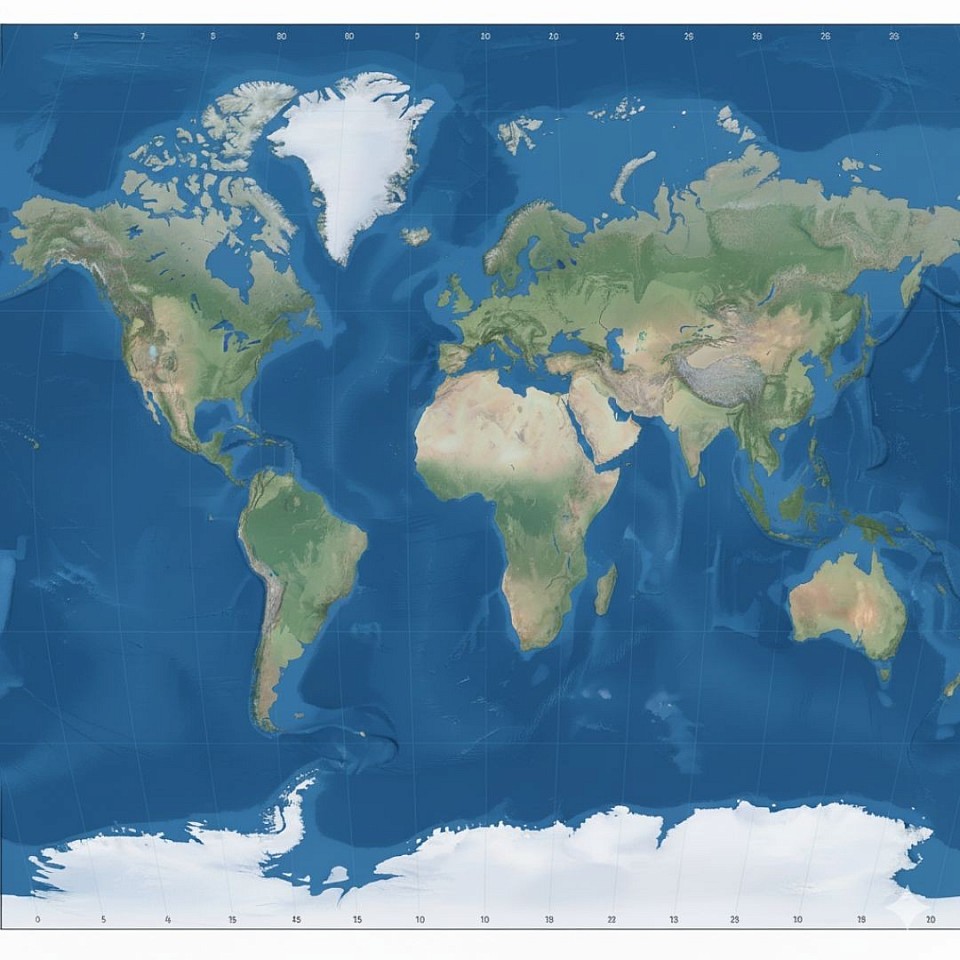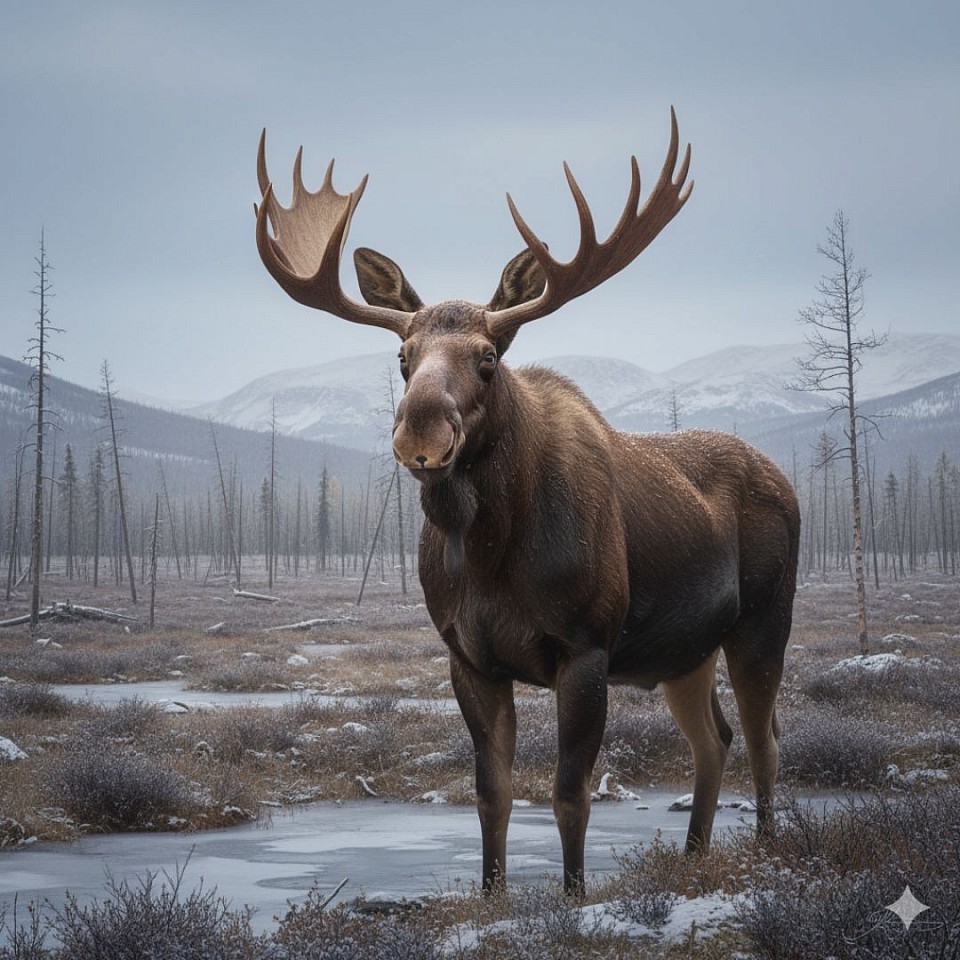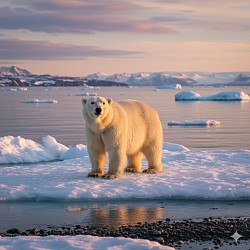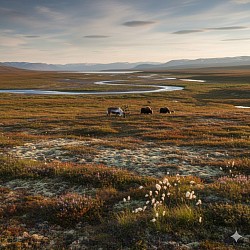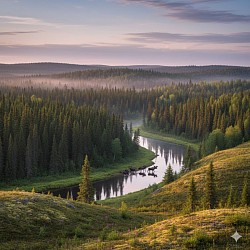Places On Earth
The Subpolar Zone
The subpolar zone of the Earth lies between the temperate zone and the polar zone, roughly between 50° and 70° northern and southern latitudes. It is characterized by a cold, often harsh climate with short, cool summers and long, cold winters. The vegetation mainly consists of tundra, with low-lying plants such as mosses, lichens, and small shrubs, as permafrost restricts root growth. Animals like reindeer, Arctic foxes, and migratory birds, adapted to the extreme conditions, inhabit this zone. The subpolar zone is particularly sensitive to climate change, as warming causes permafrost to thaw, altering the ecosystem.
Tundra and Taiga
The tundra is a cold, treeless region in the Arctic, characterized by permafrost, low temperatures, and a short growing season. The vegetation mainly consists of mosses, lichens, and low shrubs adapted to extreme conditions. Animals such as reindeer, arctic foxes, and migratory birds are typical.
The taiga, also known as the boreal forest, stretches south of the tundra in northern latitudes. It consists of dense coniferous forests with firs, spruces, and pines. The climate is cold but less extreme than in the tundra. Animals like bears, wolves, and moose inhabit the area. The taiga is important for global carbon storage.
